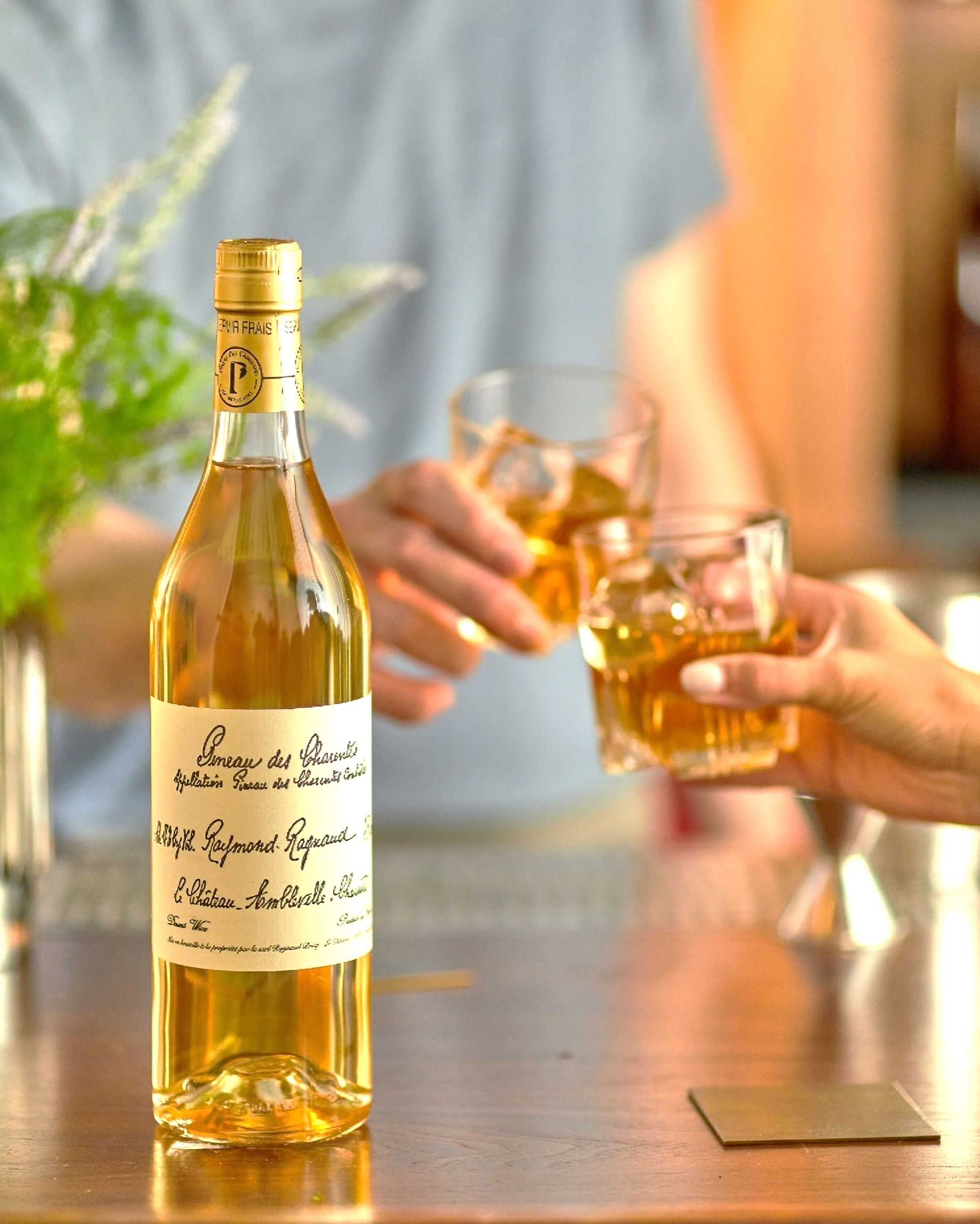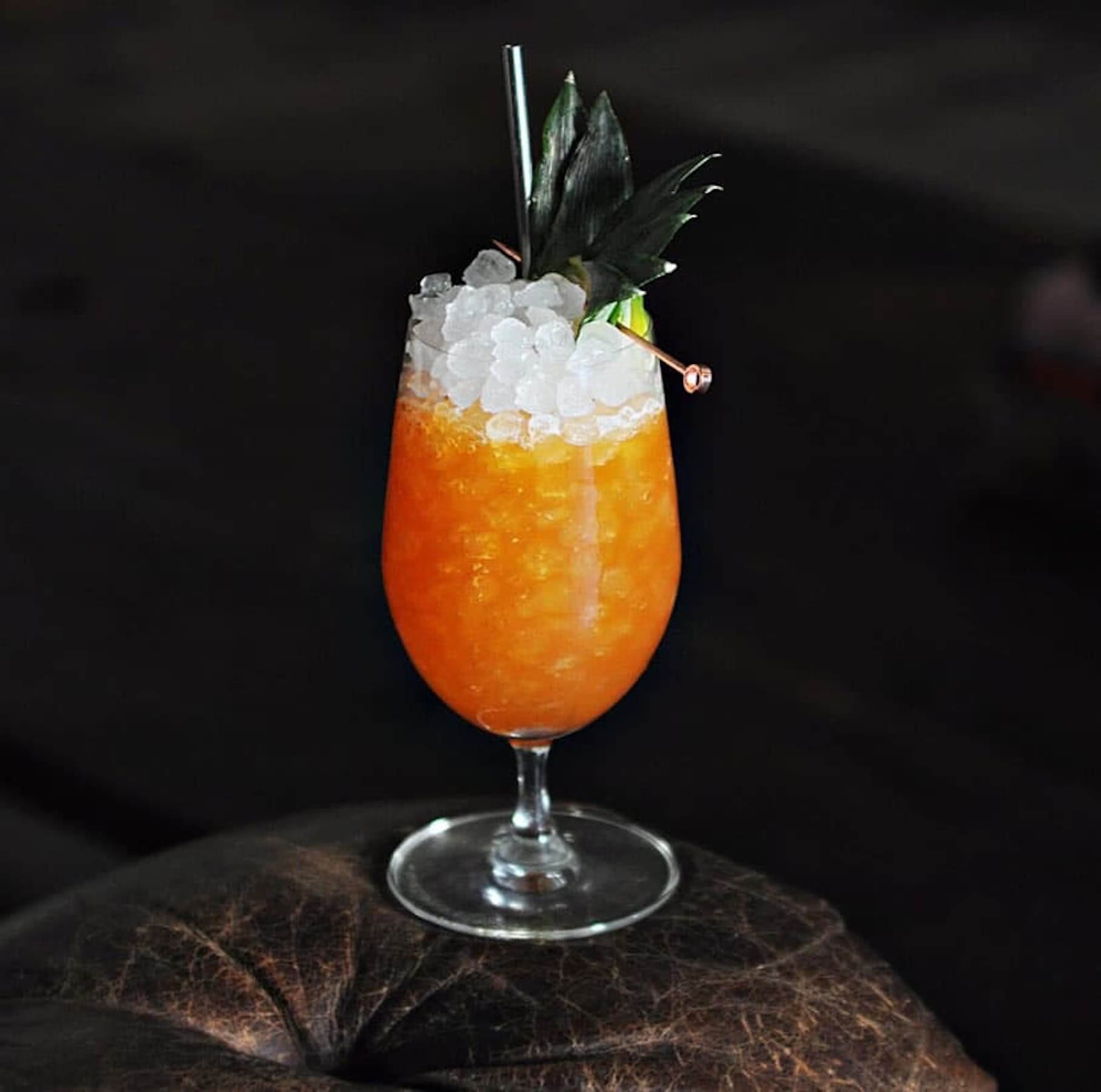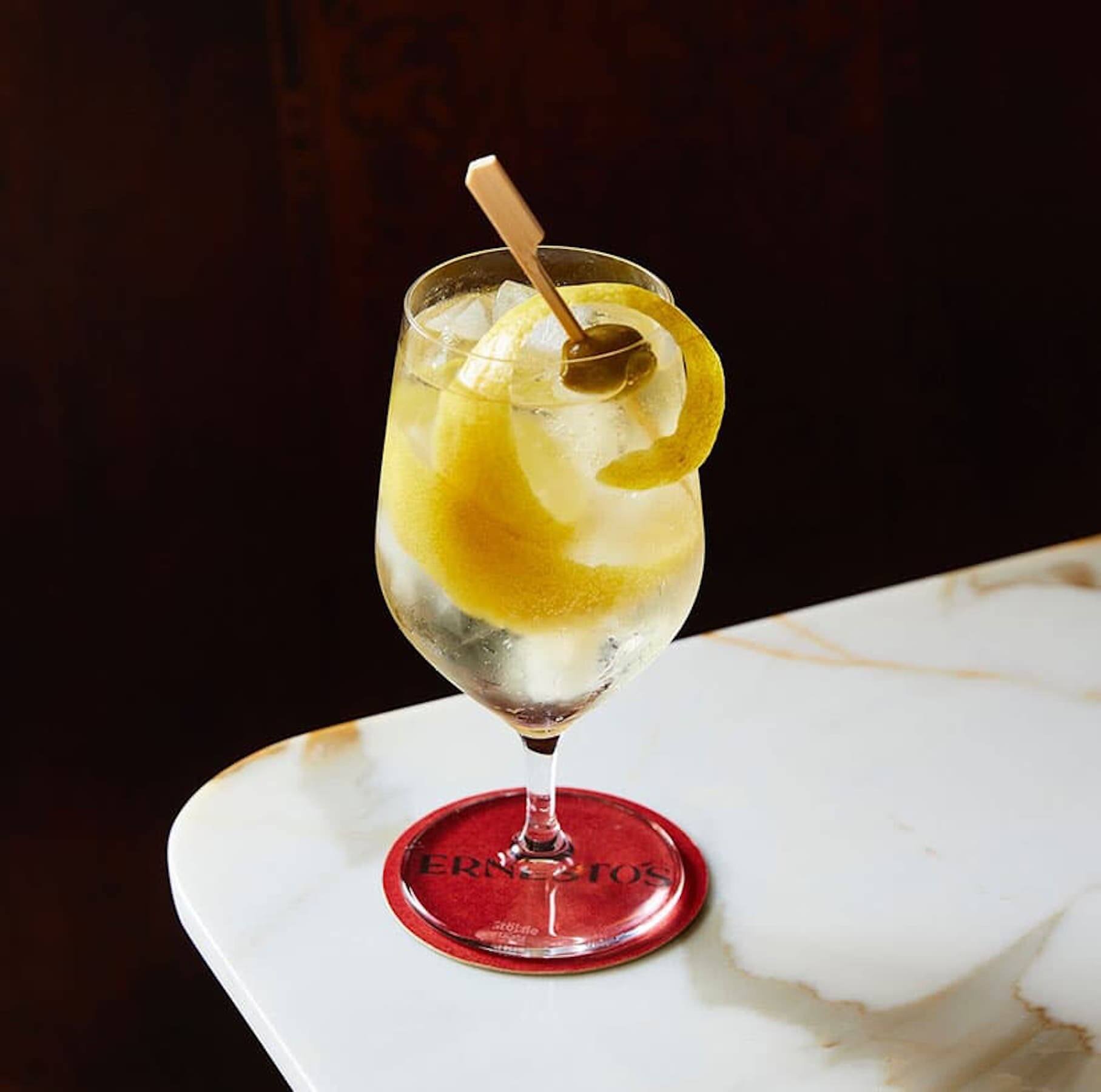The 4 Most Important Reasons to Use Pineau des Charentes in Cocktails
Pineau des Charentes is a special spirit that defies common categorization. But that may be why it has become such a favorite among bartenders for use in cocktails. Last year we brought you several reasons that Pineau des Charentes deserves a place in your holiday wine lineup, one of which was its utility in cocktails. To further that thinking, we now bring you 4 more reasons, co-signed by some of the industry’s top bartenders, for giving Pineau des Charentes a place on your bar cart, specifically for use in cocktails.
What is Pineau des Charentes?
On its own, it almost drinks like a fortified wine, except its base is unfermented grape must, which comes from winemaking, but isn’t technically wine. It has commonalities with Cognac, including its grapes, barrel-aging techniques, and region, but its low-ABV and juicy nature puts it well outside the realm of most aged spirits. To a palate unfamiliar with Pineau, it might seem like a cider, except it isn’t made from apples. An enigmatic tipple, to say the least, made of a blend of grape must and Cognac eau-de-vie, Pineau des Charentes is robust but fresh, complex but approachable, and is capable of pairing food as well as fine wine can.
It’s Very Versatile
A spirits educator, bartender, and Cognac expert, Ms. Franky Marshall became an advocate for Pineau des Charentes in 2012 when grabbing for a bottle of Pineau, a spirit she didn’t yet know much about, to set apart a cocktail she was crafting for a competition. After winning that gin-based competition, and, in short-order, another cocktail competition where she again included Pineau in the recipe, she was convinced of its worth for cocktail craft, especially because of its versatility, and its ability to play with so many other types of spirits.
“Pineau can function in so many different ways,” says Marshall. “It can work as a base, a modifier, a seasoning, or a sweetener.” To that end, it’s easy for bartenders to experiment with Pineau des Charentes, since it brings character to any drink, but doesn’t have an overpowering flavor that necessitates applying it only in small doses. As a star player even, Pineau des Charentes can function as gracefully in a stirred cocktail as it can in a tropical one, as with bitters expert Richard Allison’s Conveyance, which marries Pineau with white rum and a spiced pineapple syrup.
While young, white Pineau des Charentes is what is mostly available in the U.S., which Marshall suggests is especially favorable to other white spirits, the hope is that other expressions of Pineau — including aged white Pineau, red, and rosé — become available as well for American bartenders to experiment with, adding to its versatility.
It’s Lower ABV
Along with Dry January, the Millennial and Gen Z generations are giving serious rise to the “sober-curious” movement, and along with it, a demand for lower-alcohol cocktails. Pineau des Charentes meets this moment perfectly, with a richness that rivals brandy and other barrel-aged spirits, but with an ABV that is less than half of those spirituous selections, clocking in around 16 to 17%.
“Personally, I reach for Pineau when I need something to maintain the characteristics and terroir of Cognac, but need a lower proof hit,” says Nate Dobson, Head Bartender of Banzabar at Freeman’s, whose cocktail at Banzabar called Wayfinder uses Pineau to bridge the gap between smoky Scotch and fruity elements, bringing down the ABV in the process.
As a starting point, it also works well as a lower ABV base in simple mixed drinks. One of Marshall’s favorite applications of Pineau is simply in a “P&T,” with a full dose of Pineau and just a heavy splash of tonic, garnished with a grapefruit peel and thyme.
It Has Juicy Acidity
It is a rare quality for a cocktail component to be able to bring both alcoholic body and acidity to the table. Normally that requires separate spirit and citrus components, but because of Pineau des Charentes’ grape must pedigree, it has its own juicy acidity to contribute, along with its alcoholic base and barrel characteristics.
“If I need to inject acidity into a stirred cocktail but also want to add barrel characteristics, Pineau does both (whereas) a verjus on its own would lack (the barrel notes,)” says Dobson.
Marshall also demonstrates this use with her cocktail Quai des Brumes, a Manhattan variation that utilizes Pineau to lower the ABV and contribute freshness, to contrast complex and spicy notes from two different kinds of amaro.
It Works in Wine Cocktails
Pineau des Charentes, despite its distinct formulation, is often short-handed as a fortified wine, since it most closely resembles vermouth compared to any other sort of alcoholic beverage. As part of the low-ABV cocktail movement, (and given that “with prosecco in it” has become one of the most famous utterances of 2022,) wine cocktails are also coming more into play, and Pineau des Charentes can easily be part of the fun as well in that regard.
“I’ve always been into the flavor of brandy, but since I don’t drink that much alcohol, I see Pineau as a gateway to it,” says GN Chan of Double Chicken Please. “After working with the product over the years, I’ve come to appreciate the beautiful flavors and its fruity grape notes which is great for wine drinkers as well as a wide range of customers.”
Sarah Morrissey, Bar Director of Basque-influenced Ernesto’s, crafted La Adventure with these principles in mind, a fresh yet complex wine and Pineau spritzer, with bitter notes coming from grapefruit and Suze.
Ready to try a Pineau cocktail? Head to the Comité National du Pineau des Charentes for cocktail recipes.






